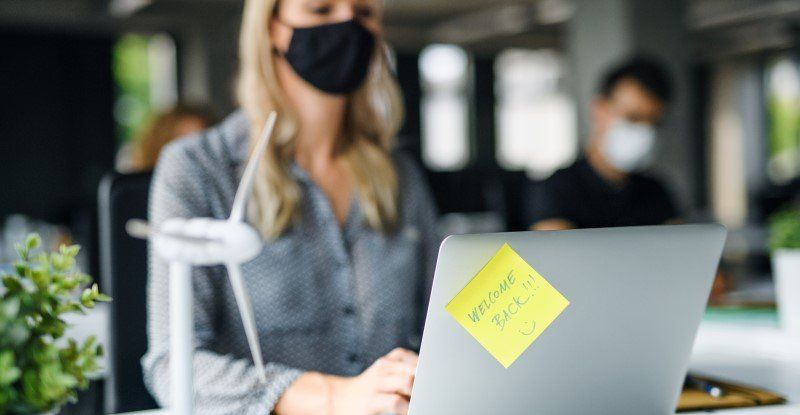
On July 11, the coronavirus observes an anniversary. It marks exactly 4 months since the World Health Organization declared COVID-19 as a pandemic.
Since then, the virus has infected 10 million people and claimed 500,000 lives. Yet as governments around the world begin reopening businesses to stimulate economies, some fear that the worst is yet to come.
For many businesses, a return to work after COVID-19 is a welcome antidote to financial hardships and uncertain futures. But most aren’t prepared for a second wave of infections. Gartner research shows that only 8% of CFOs have a second wave factored into all their planning scenarios.
Among employees, reopening is raising fears of a second wave of infections. Balancing economic needs with worker safety demands refocusing on the way we work.
How can businesses ensure the progress achieved after months of lockdown isn’t lost? How can employers best keep their employees safe during a second wave of COVID-19 cases?
What Is The Second Wave – And Is It Happening Now?
A second wave occurs when previous high rates of infection are followed by a decline, which are then replaced by a further, sustained rise in infections. A new report from the Center for Infectious Disease Research and Policy (CIDRAP) warns that a second wave of COVID-19 in fall or winter could potentially be even more devastating than the first, partly because it will coincide with flu season.
More younger people are getting infected, according to reports, and they're less likely to feel sick or believe that they're a danger to others.
Some countries, such as several in South America, are only now experiencing the heights of the first wave. Others which have seen rates increase after a period of decline, like Iran, are entering a second wave.
Whether a second wave is happening in the United States right now isn’t yet confirmed, but one thing is clear – removing lockdown restrictions represents the biggest risk of a second wave occurring.
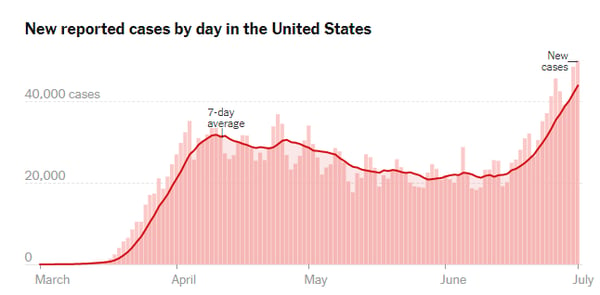
Source: The New York Times
In the second half of June, coronavirus cases in the US rose 65%, and data from the New York Times reveals that the outbreak is stronger than ever. As a result, a number of states have rolled back reopenings of bars and public facilities, including Texas, California and Florida.
Many nations around the world are struggling to contain a surge of coronavirus infections as lockdowns are lifted. Several countries that lifted restrictions and reopened businesses, including China, have seen jumps in COVID-19 cases. Germany has enacted new restrictions. India is considering fresh lockdown measures. England announced a major lifting of lockdown restrictions, but scientists cautioned the move was too hasty.
In the shadow of governmental decisions, businesses need to do what is best to protect their workplaces and everyone who operates in them.
Four Things Businesses Need To Do Now:
To help protect workplace health and safety and minimize the risk to employees from a second wave of COVID-19 infections, there are several things employers should address.
1. Introduce Contact Tracing
Knowing the health of every employee, and being able to record their movements, who they’ve been in contact with and under what conditions, is essential. The greater the circle of contacts each person has, the greater the risk to businesses.
Contact tracing won’t stop the contraction, but it can arrest the spread. There are a number of options available to businesses. Contact-tracing apps, like Microsoft’s CovidSafe, use smartphone technology to triangulate employee locations using Wi-Fi access points and Bluetooth beacons.
Another option are wearable devices, with sensors which can be worn as a wristband or attached to clothing, that alert the wearer when they come within 1.5 meters of another person wearing a sensor – thus helping employees stay within the guidelines for social distancing.
However, employers and HR Managers must be wary of employee privacy when considering a program of contact tracing. Many employees will be unwilling to download an app or permit access to their personal data. Despite this, it’s critical that businesses have a reliable means of monitoring employee health.
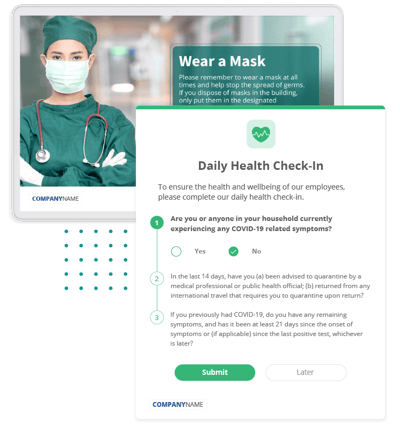
Introducing a daily health check-in survey provides a less obtrusive way of ensuring employees are healthy enough to work. Employees must acknowledge that they aren't symptomatic and haven't been advised to quarantine by a health professional. If either answer is “yes”, they are sent home.
Making completion of the survey mandatory before beginning work reduces the risk of staff carrying a virus into the workplace. Managers can then align this data with other records to help create a fuller picture of an employee's movements and contacts.
2. Practice Lockdown Drills
Businesses which have already returned to work, or are planning their reintroduction, may feel that they’ve weathered the storm and can begin to relax. But complacency is dangerous. The amount of warning received of a return to lockdown restrictions may be less than the first time. For the second wave, it might be immediate in effect.
Practicing lockdown drills is part of good preparedness. It allows testing of procedures in conditions as real as possible and identifies areas of weakness to be addressed before the pressure of an actual crisis.
Assess whether staff have all the necessary tools and resources they need to be able to leave quickly and work from home effectively. Revisit your crisis communications plan to guarantee your ability to deliver urgent alerts to all employees – including those in remote offices or working in the field.
Lockdown drills like these are a sensible precaution to protect against other events as well, such as inclement weather events, fires or other threats to employee safety. Being prepared means being protected.
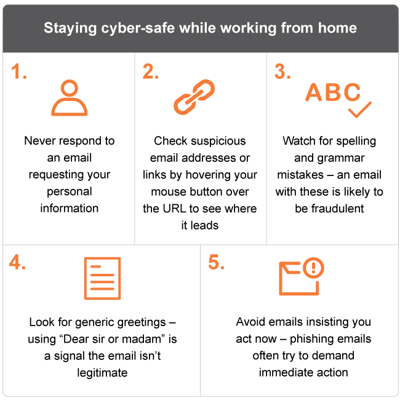
3. Promote Safe Cyber Security Practices
Now that organizations in some parts of the world are trying to reopen, cyber criminals are actively exploiting the changing circumstances. A raft of phishing attacks have been reported, targeting employees returning to the office. These attacks use emails and malicious files masquerading as COVID-19 training materials.
Businesses need to invest in both systems and staff to protect against this threat. Firewalls, anti-virus and software updates must all be installed and maintained. Web filters, email filters and file screening must all be in place.
IT communications should focus on keeping staff aware of the threats and adhering to best practice. Webinars and training sessions are effective ways to inform staff of the latest tricks employed by cyber criminals – and how to avoid becoming a victim of them.
Circulate updates on the latest threats or cyber security policy updates through scrolling desktop ticker messages. Repeat messages often to reinforce behaviors and keep cyber security top of mind.
Read more: 30 Cyber Security Awareness Tips Your Business Needs
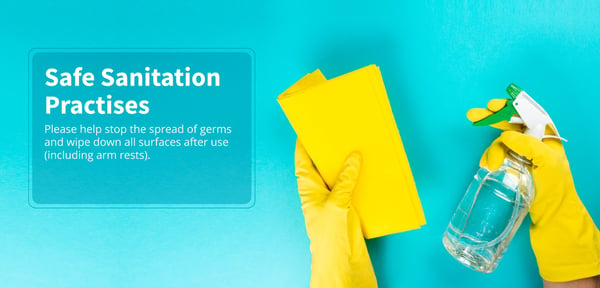
4. Maintain Focus On Workplace Health
The first wave taught us all a lot of lessons around the importance of basic health and hygiene. With a second wave imminent, reinforcing the practices adopted when the virus first struck is critical.
That means all employees adhering to correct health practices, including washing hands, sanitizing work surfaces, social distancing and wearing face masks. Promote and reinforce these practices through screensaver messages on every computer screen for maximum effectiveness.
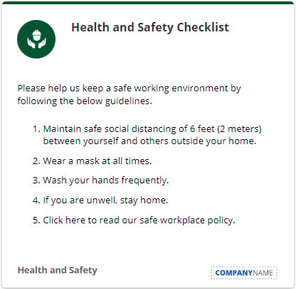
A health and safety checklist can help HR Managers ensure important precautions are taken and workplaces are configured for greatest protection. Remember to include contract staff, vendors and visitors in your workplace hygiene processes.
Advice from the World Health Organization around workplace health released during the first wave also provides a valuable reference resource for the second wave.
Whether a second wave of COVID-19 is happening or not, the prospect of the virus being part of our lives longer-term is now very real. For employers, it means introducing new measures to protect workplace health and employee safety, so that any second wave doesn’t lead to a flood of infections for their business.
To improve your internal communications and keep employees safe during COVID-19, speak to us about a free trial of the SnapComms platform.



